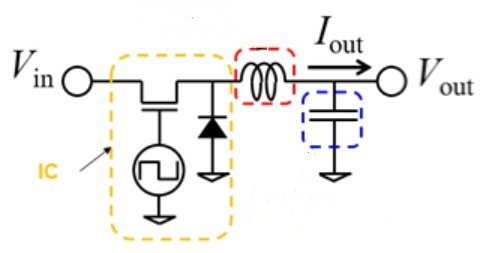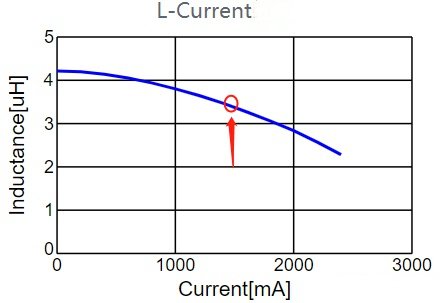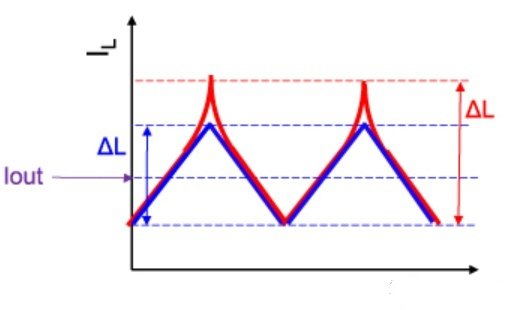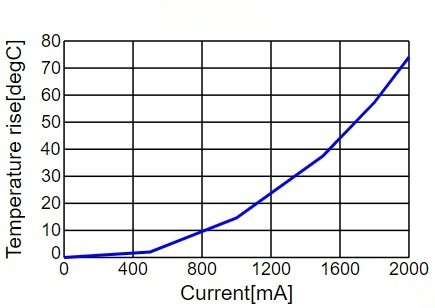Inductor components are commonly used and some of their basic parameters may be overlooked, resulting in insufficient designs and serious product problems.
The following introduces the basic parameters of an inductor using the power inductor as an example.

1.Value of inductance
The value of the inductance is also an important parameter that affects both ripple current and load response. Capacitance and inductance are dual components, and the inductance formula is one of the most fundamental:

There is a triangular wave of current flowing through the power inductor in the DC-DC converter. Accordingly, the ripple current I can generally be set at about 30% of the load current Iout. The inductance of the power inductor can be calculated roughly according to the following formula as long as the conditions of the DC-DC converter are known.

SPECs and datasheets for DC-DC converters recommend different inductance values as reference values. Thus, even if you do not perform calculations such as the above formula, you can still select the reference value according to the manufacturer. If you wish to replace the new inductor model, its parameters should not be too far from the reference value recommended by the manufacturer.
2.Current of saturation (Isat)
The saturation current characteristic can also be referred to as the DC superposition characteristic, which is responsible for determining the effective inductance value of the inductance during operation. In saturation circuits, the current is typically reduced by 30% when the initial inductance value is reduced. For a 4.7uH inductor, at 1.5A, the inductance drops by 30% to only about 3.3uH, as shown in the figure below. Whenever the inductance value decreases, the ripple current will increase. If Isat is insufficient, the ripple current will increase. The above formula indicates that when the load current is constant, L decreases and I naturally increases.


3.Current temperature rise (Itemp)
Inductor temperature range is specified by this parameter.Generally speaking, temperature rise current refers to the circuit when the temperature of the inductor is raised by 30°C. Depending on the operating environment of the circuit, temperature can have a significant impact, so choose it accordingly.

4.Impedance in DC(Rdc)
The resistance value when passing direct current is indicated.The biggest and most direct effect of this parameter is the loss of heat, so a smaller DC impedance will result in a lower loss. Size miniaturization and reducing RDC are slightly in conflict.Among the above-mentioned inductors, selecting one with a lower Rdc is sufficient, so long as it fulfills the necessary characteristics such as inductance and rated current.
5.Frequency characteristics of impedance
Ideal inductors have an impedance that increases with frequency, however, they actually have an inductance that is due to parasitic capacitances and parasitic resistances.Inductive circuits are inductive up to a certain frequency, and capacitive circuits are capacitive after a certain frequency, at which point the impedance decreases. This frequency is called the corner frequency.




